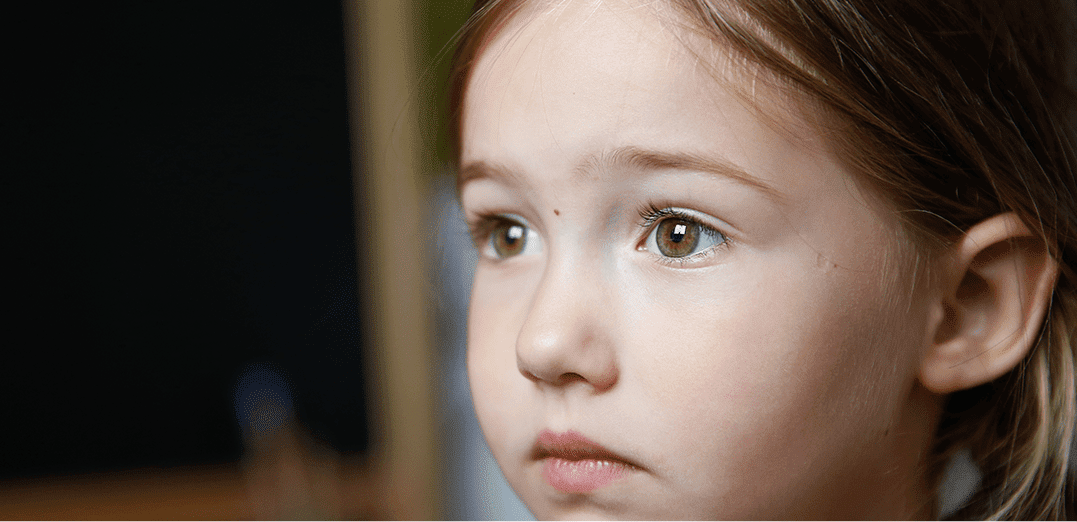Autism & Difficult Behavior: 3-18 Years
Handling behavior difficulties in autism requires a complex method focused around positive behavior management. Instead of depending on punishing procedures, it's https://canvas.instructure.com/eportfolios/3554928/home/nationwide-association-of-unique-education-and-learning-educators-kinds-of-autism-spectrum-problems crucial to foster positive communications that can help direct individuals Click here for info with autism with their difficulties. These problem behavior sets off can be a little a lot more challenging to determine, yet they are critical to recognizing how to assist your youngster.
What Are Social Skills?

Autism Range Condition
- Social communication and communication difficulties are usually the most noticeable aspects of autistic actions.Individualized plans, such as Habits Assistance Strategies (BSP), are crucial for sustaining children with autism in college environments.They typically experience overwhelming feelings when faced with unforeseen modifications.Autism Range Condition is a complex developing problem with varying levels of influence on an individual's social interaction, interaction, and behaviors.
Caregivers and instructors can carry out Favorable Actions Assistance (PBS) principles, which focus on boosting a youngster's learning and interaction capabilities while respecting their one-of-a-kind obstacles. Comprehending these communication challenges can provide a far better insight into the behavioral characteristics of a kid with autism. With this understanding, parents, teachers, and therapists can develop approaches and treatments that best support the kid's interaction demands.
Accumulating social abilities with practice can assist boost involvement in the area and assistance results like joy and relationships. We have put together social abilities pointers and info from specialists, instructors, and family members, in addition to useful tools to help enhance opportunities to be part of the area. Taking these actions might make it much easier to acquire info, support in the therapy planning procedure, and take steps to keep your child safe in case of a psychological wellness crisis or psychiatric hospitalization. This table summarizes reliable behavior treatment approaches and their distinct functions, showing the diverse techniques customized to private demands. Incorporating a child's strengths and interests right into their BIP not just improves involvement yet can additionally result in a more positive behavior result. When the factors for the habits are clear, pick evidence-based interventions that resonate with the youngster's knowing degree and interests.
